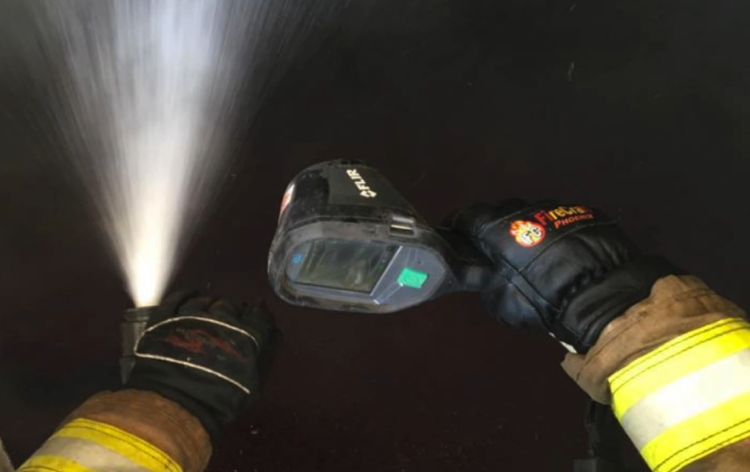Why is Field of View Important?
In our curriculum we cover the five key attributes of thermal imaging in depth and they are as follows:
Field of View
Temperature Modes/Application Modes
Resolution & Color Palettes
Distance to Spot Ratio:
Emissivity
What is Field of View? Field of view is the total field, measured as an angle, within which objects viewed by a TIC. Narrower FOVs generate more life-size images and distances, while wider FOVs place more image on the display. Therefore it is a tradeoff for us as firefighters to have a wider field of view so we can see the big picture but it often limits us on focusing in on smaller images. This is why it is imperative to purchase a TIC with the highest resolution to assist with what is known as D.R.I.: Detect, Recognize, and Identify. The greater the resolution within the Field of View the better our chances of recognizing and identifying the object. In regard to Field of View, one will notice the measurements are found listed as two sets of numbers such as 38×50. The first number is the vertical field of view and the second is the horizontal field of view.
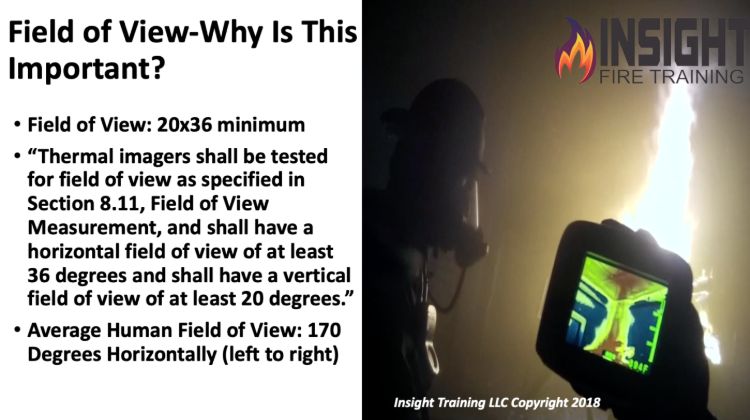
Fire Service Thermal Imaging Cameras have a much more narrow field of view than our human vision. In general, the average human field of view is 60 degrees vertically and 150-170 degrees horizontally. Once we place our Facepiece in place, this limits our peripheral vision (horizontal or left to right) to approximately 100 degrees.
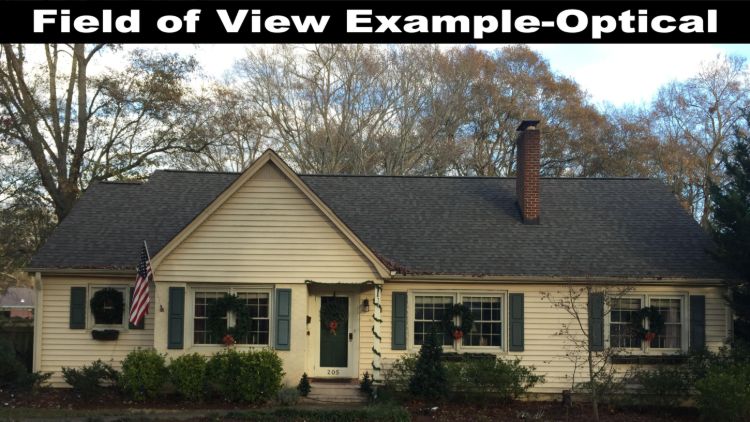
Then we raise up the TIC in front of us and it diminishes our Field of View as small as 20 degrees vertically by 36 degrees horizontally. To quote my dear friend and mentor Chief Mitchum “It’s like looking through a toilet paper tube.”
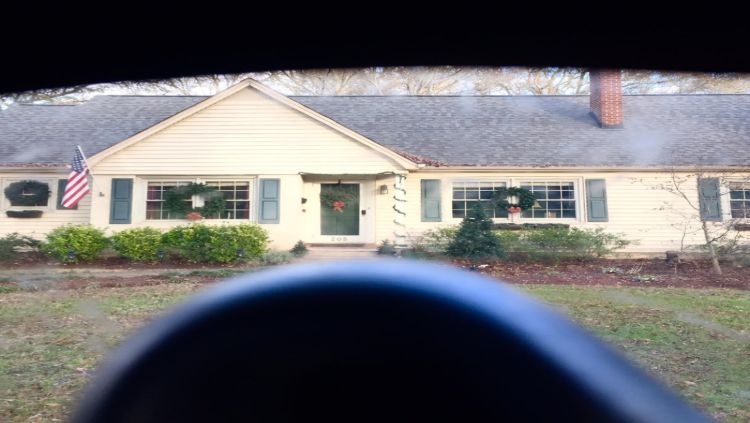
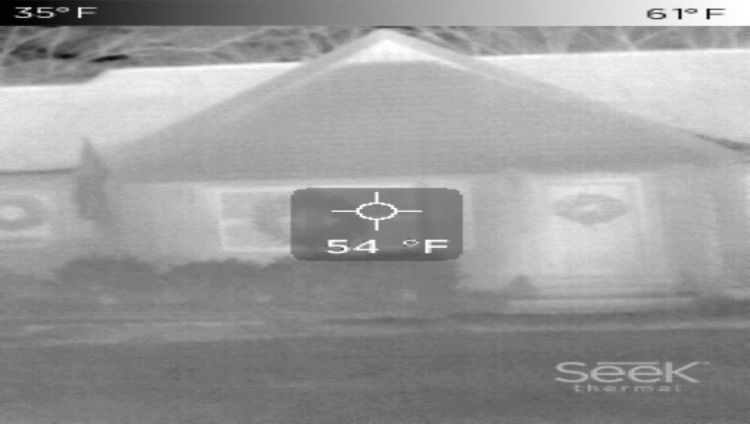
This greatly diminishes our field of view to where we can miss valuable information such as:
Thermal Cues-Heat, convection currents, lowering thermal layer.
Signs of Victims-
Holes in Floors-
And More!
Check out this quick video on how you can perform this same drill in your fire station. It is done by standing and scanning the room right to left with a standard grip. Then by flipping the TIC into what is known as the “gangsta grip” we can as much as 18-20 degrees field of view. This allows us to clearly see the victim in the floor. It also allows us to scan long and narrow spaces in three moves instead of the traditional six-sided scan. As you also note in the video, it provides several other examples of viewing the space, allowing the search leader to scan three rooms from a oriented position outside of three doors, and it allows us to see the floor and ceiling in one view. Please remember, that the “gangsta grip” is to be used in hall ways or long narrow rooms but in a large wide space it is more appropriate to use the standard grip to gain as much tactical advantageous field of view as possible.
We hope these tips are useful, please share and give us any feedback you have when using them.
Thank you for your support!
Instructor Andy Starnes
Level II Thermography Certified
Insight Training LLC

